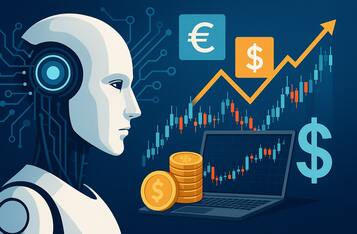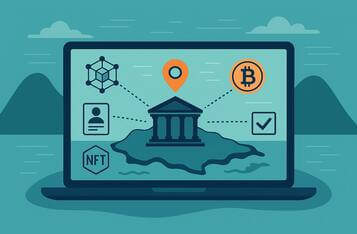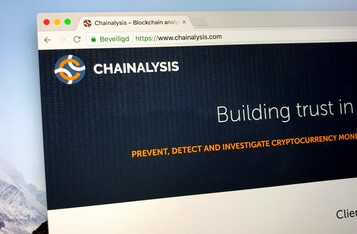Overnight collapse of two traditional banks triggers chaos
On March 11, the financial world was rocked by the sudden collapse of two major traditional banks, Silicon Valley Bank and Signature Bank. This triggered a series of events that impacted millions of businesses, venture capitalists, and bottom-line investors alike. One of the most significant effects of this collapse was the depegging of several stablecoins, including USD Coin (USDC), USDD (USDD), and Dai (DAI), from the U.S. dollar. Circle, the company that issues USDC, announced that $3.3 billion of its $40 billion reserves were stuck in SVB, causing the depegging of the stablecoins.
This news sent shockwaves through the financial community, and many worried about the potential fallout from the collapse of these banks. However, United States President Joe Biden quickly stepped in to reassure taxpayers that they would not feel the burn. The federal government took swift action to protect depositors, ensuring that they would not lose their money as a result of the banks' collapse.
Biden also made it clear that those responsible for the banks' collapse would be held accountable. He vowed to investigate the matter thoroughly and take action against anyone found to be responsible. This announcement was welcomed by many in the financial community, who had feared that the collapse of these banks would go unpunished.
The collapse of Silicon Valley Bank and Signature Bank was a significant event in the financial world. These banks were both well-established institutions with many clients and significant assets. The sudden collapse of these banks had far-reaching consequences, and many businesses and individuals suffered losses as a result.
However, the fallout from this event was not limited to those directly impacted by the banks' collapse. The depegging of stablecoins from the U.S. dollar caused significant disruption in the cryptocurrency market. Stablecoins are widely used as a way to move money quickly and cheaply between different exchanges and platforms. When stablecoins depegged from the U.S. dollar, this caused significant uncertainty and volatility in the cryptocurrency market.
Overall, the collapse of Silicon Valley Bank and Signature Bank was a wake-up call for the financial industry. It highlighted the importance of strong regulation and oversight to prevent such events from happening in the future. While the federal government's swift action helped to mitigate the damage caused by the banks' collapse, there is still much work to be done to ensure the stability and resilience of the financial system as a whole.









